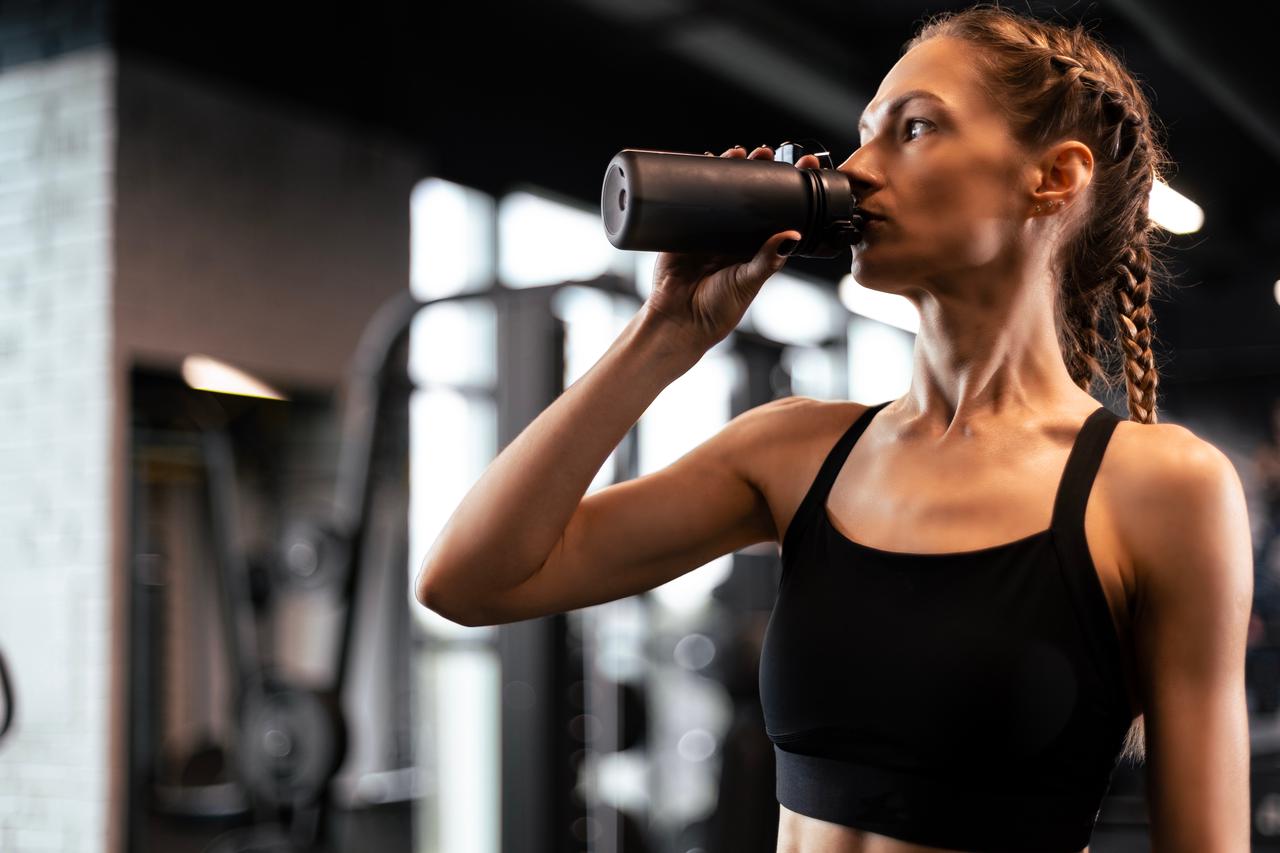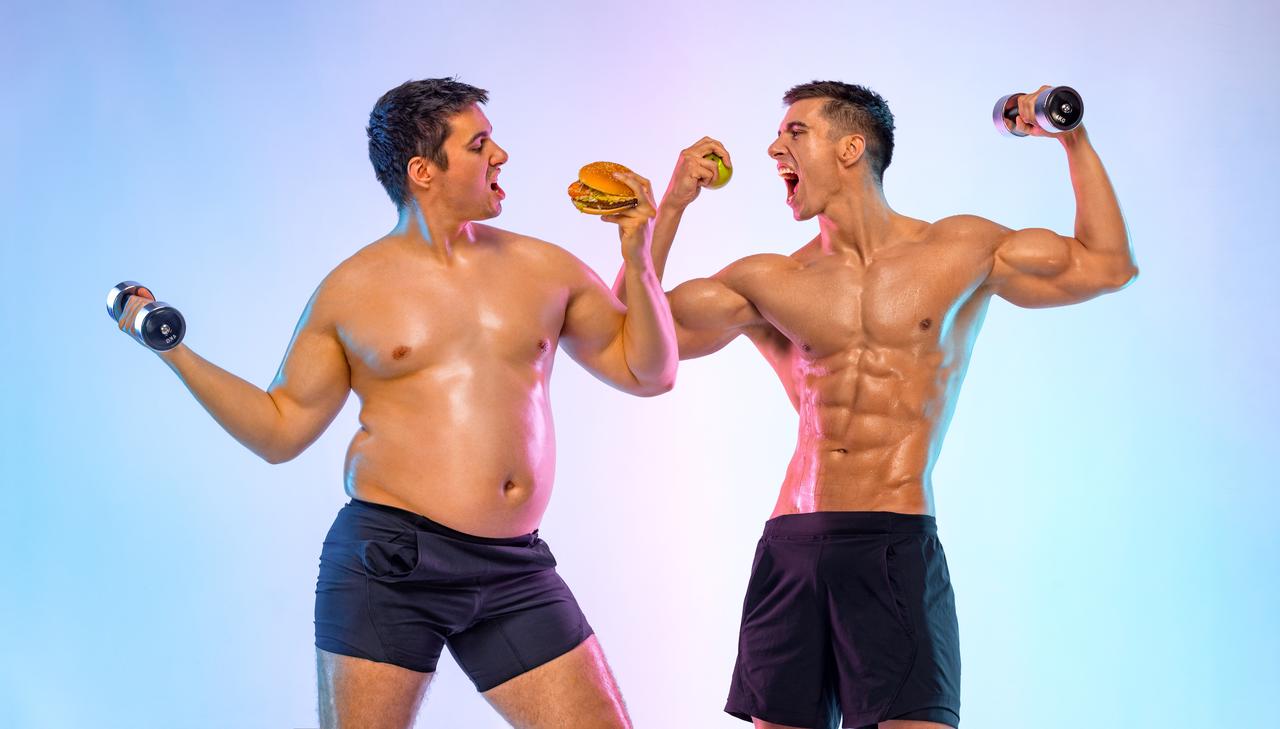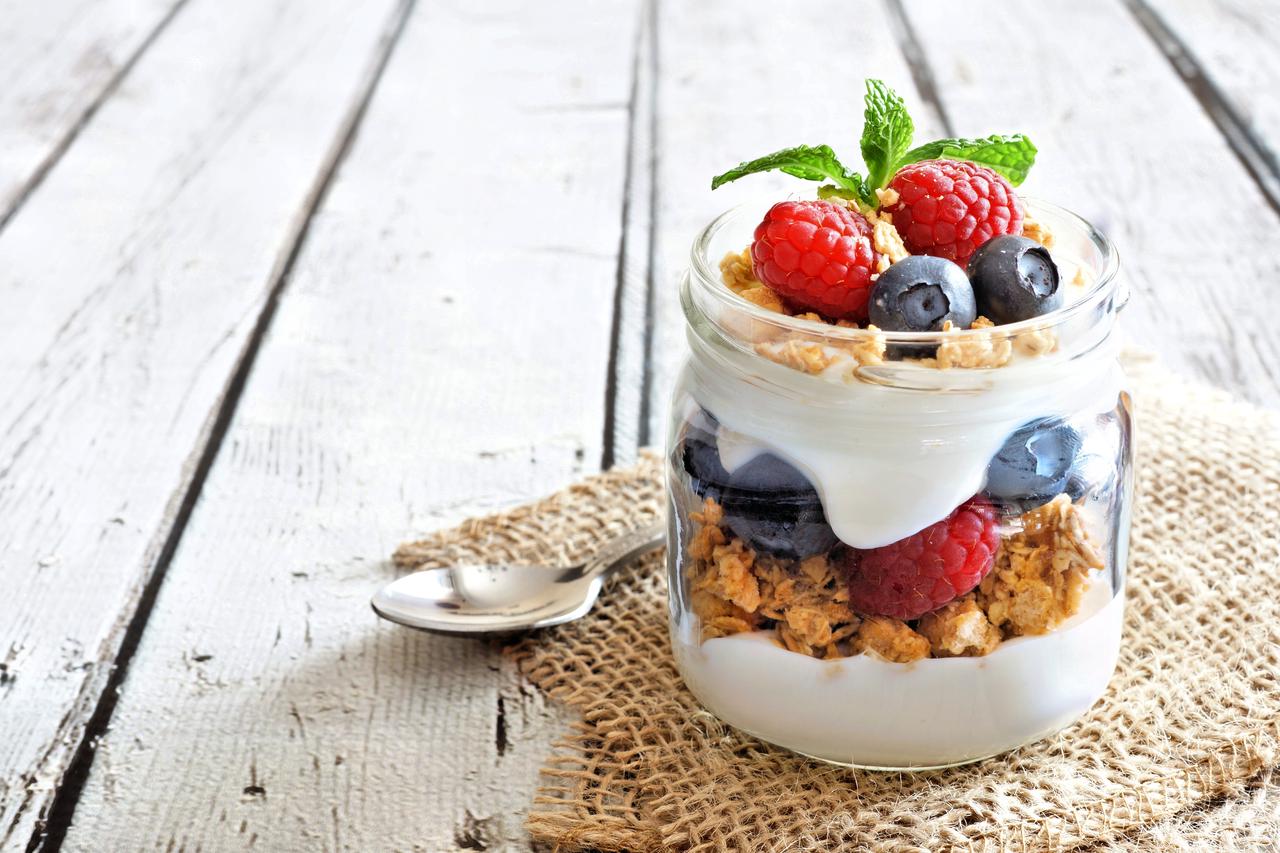
What to Eat After Exercise for Optimal Recovery: A Guide for Every Workout Type
Exercise challenges your body in incredible ways, from breaking down muscle fibers to depleting glycogen stores and losing vital electrolytes. What you eat afterward is crucial for recovery, not just to repair and rebuild, but also to improve your overall performance and reduce soreness. Whether you’ve just finished a gentle yoga session, a strength-training workout, or a long-distance run, your post-exercise meal can make all the difference.
Let’s dive into what your body truly needs after different types of workouts to recover efficiently and perform better, and why it matters so much.

Step 1: Understand the Basics of Post-Exercise Nutrition 🏋️♀️
The body’s primary goals after exercise are threefold:
1. Replenish glycogen stores: Carbohydrates are stored as glycogen, your body’s go-to energy reserve. During intense workouts, these stores get depleted, and they need replenishment.
2. Repair muscle fibers: Exercise, especially resistance training, causes microscopic muscle tears. Protein helps repair these fibers and promotes muscle growth.
3. Rehydrate and restore electrolytes: Sweat carries away essential minerals like sodium and potassium, which are critical for muscle function and hydration.
Knowing these essentials allows us to tailor post-exercise meals for different workout types.
Light Exercise and Low-Intensity Workouts 🧘♀️🍵
After light activities like yoga, stretching, or a brisk walk, your body doesn’t require intense recovery support, but replenishment and rehydration are still beneficial.
What to Eat:
1. Light Protein: Greek yogurt, cottage cheese, or a small handful of nuts provides a modest amount of protein for gentle repair.
2. Complex Carbohydrates: Pair your protein with a source of carbohydrates like fruit or whole-grain crackers to keep energy stable.
3. Hydration: Water is often sufficient for lighter activities, but consider a coconut water or electrolyte-infused beverage if you’ve been sweating.
Example Meal: A smoothie made with Greek yogurt, a banana, and a handful of berries provides balanced carbs and protein without overloading your system.
Strength Training: Building Muscle and Supporting Recovery 💪🥩
Strength training breaks down muscle fibers to make them grow back stronger. This means post-exercise nutrition is essential for muscle repair, protein synthesis, and preventing muscle breakdown.
What to Eat:
1. High-Quality Protein: Aim for 20-30 grams of protein within 30-60 minutes after training. Lean meat, eggs, tofu, or a protein shake with whey or plant-based protein are excellent options.
2. Carbohydrates for Glycogen Replenishment: Even with strength training, glycogen stores can be depleted. Pair protein with a moderate amount of carbs (think quinoa, brown rice, or a slice of whole-grain bread) to maximize protein absorption and promote muscle repair.
3. Healthy Fats: While fats don’t need to be the primary focus, a small amount (like avocado or nuts) can support nutrient absorption and reduce inflammation.
Example Meal: Grilled chicken breast with quinoa and a side of steamed veggies. Or, if you’re on the go, a protein shake with a banana and a spoonful of almond butter will do the trick.
Endurance and High-Intensity Cardio: Refueling and Rehydrating 🏃♂️🥔
Running, cycling, or swimming for extended periods burns through glycogen and depletes electrolytes. Recovery from these activities focuses heavily on rehydration and carb replenishment to restore glycogen levels and prevent fatigue.
What to Eat:
1. Carbohydrate Focus: Aim to replenish with 1-1.5 grams of carbs per kilogram of body weight. Sweet potatoes, brown rice, or whole-grain pasta can do wonders here.
2. Protein for Muscle Repair: While carbs are the priority, a moderate amount of protein (around 10-20 grams) will support recovery without overloading the system.
3. Electrolytes: Post-endurance exercise, rehydrating with an electrolyte-rich beverage can be essential. Look for options that contain sodium, potassium, and magnesium.
Example Meal: A veggie and chicken stir-fry with brown rice or a hearty bowl of oatmeal with a side of scrambled eggs and a banana.
Recovery for HIIT and Circuit Training: Fast Fuel for Intense Repair 🏃♀️🥤
High-Intensity Interval Training (HIIT) and circuit workouts push the body to its limits, often requiring a combination of recovery elements from both strength and endurance routines. These workouts create an “afterburn” effect, which means the body continues to burn calories after the session, making recovery nutrition even more crucial.
What to Eat:
1. Balanced Carbs and Protein: A 2:1 ratio of carbs to protein works well here. A mix of complex and simple carbs (like fruit and oats) with a high-quality protein source will help restore energy and rebuild muscle.
2. Antioxidants for Inflammation: HIIT can produce free radicals, so antioxidant-rich foods like berries, leafy greens, or even a handful of nuts can help reduce oxidative stress.
3. Hydration with Electrolytes: Like endurance exercise, HIIT often requires electrolyte replenishment. Coconut water, electrolyte-infused water, or a sports drink with limited sugar can be helpful.
Example Meal: A smoothie bowl with protein powder, oats, berries, and a sprinkle of chia seeds, or a whole-grain wrap with turkey, avocado, and leafy greens.
The Timing Factor: When to Eat After Exercise ⏰🍽️
While the “anabolic window” (the idea that you must eat within 30 minutes post-exercise) has been challenged, most experts agree that eating within two hours after working out is optimal for recovery. This is especially true for intense workouts, as your muscles are primed to absorb nutrients.
General Guideline: Aim to have a balanced meal within 30 minutes to two hours after exercise, depending on the intensity of your workout.
Hydration: Don’t Forget the Essentials 💧
Hydration is key in any post-workout routine. For light workouts, water is often enough. For high-intensity or endurance activities, consider adding electrolytes back into your diet, as sweating depletes minerals essential for muscle function.
Quick Hydration Tips:
- Drink at least 500 mL of water immediately after working out, and more if you’ve been sweating heavily.
- Choose natural hydration options like coconut water or add a pinch of sea salt to your water if you prefer DIY electrolyte solutions.
Putting It All Together: Your Recovery Plate 🍽️
Creating the ideal post-exercise meal doesn’t have to be complicated. A balanced approach can support recovery for all types of workouts. Here’s a general formula:
- Protein: Aim for at least 15-30 grams.
- Carbohydrates: Match with a good source of complex carbs (amount varies with intensity).
- Hydration: Rehydrate based on sweat levels and consider electrolytes if needed.
Sample Universal Recovery Meal: A whole-grain wrap filled with lean protein (chicken, turkey, or tofu), leafy greens, a few slices of avocado, and a side of fruit like an apple or berries.
Conclusion: Nourish, Repair, and Thrive 🌱
The right post-exercise meal can boost recovery, improve performance, and make your workouts more effective over time. Whether you’re lifting weights, hitting the pavement, or powering through HIIT, there’s a recovery plan that fits your needs. By focusing on balanced nutrition—protein for muscle, carbs for energy, and hydration for cellular health—you’ll set yourself up for optimal recovery and sustained progress.
References
1. Ivy, J. L. (2001). Dietary strategies to promote glycogen synthesis after exercise. Canadian Journal of Applied Physiology, 26(Suppl), S236-S245.
2. Phillips, S. M. (2014). A brief review of critical processes in exercise-induced muscular hypertrophy. Sports Medicine, 44(1), 71-77.
3. Sawka, M. N., & Montain, S. J. (2000). Fluid and electrolyte supplementation for exercise heat stress. American Journal of Clinical Nutrition, 72(2), 564S-572S.
Meet Fitnexa, your AI-driven companion that turns everyday habits into a positive, uplifting journey. From effortless meal analysis (including recipe suggestions) to personalized coaching and real-time support, Fitnexa keeps you on track toward lasting wellness — so you can stay younger, live longer.
https://apple.co/4hr8JGW





Leave a comment
This site is protected by hCaptcha and the hCaptcha Privacy Policy and Terms of Service apply.